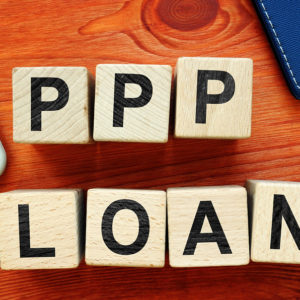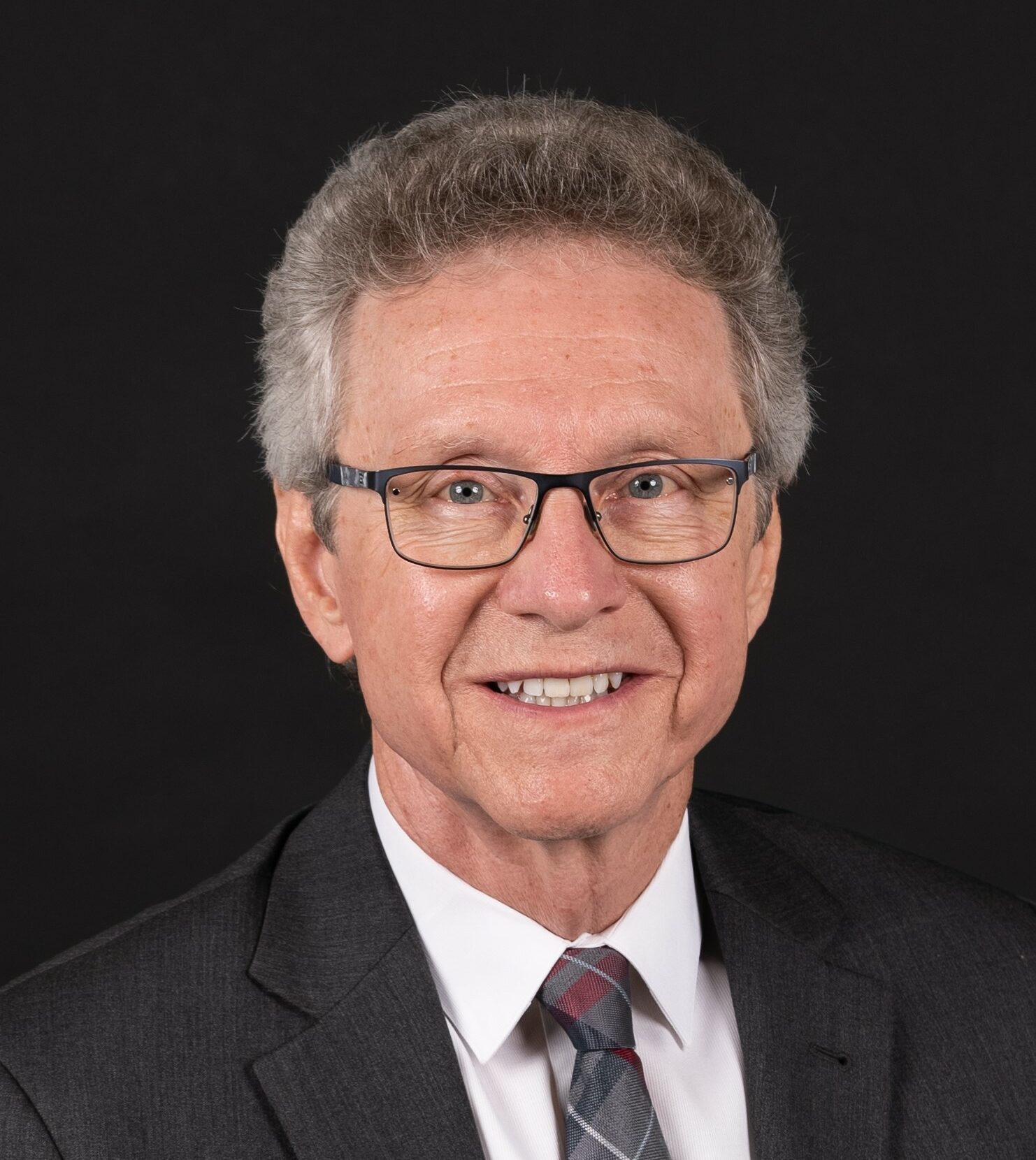Private lenders are once again submitting small-business loan applications to the Small Business Administration under the refunded Paycheck Protection Program (PPP).
Let us hope that this round of small-business loans turns out to be fairer than the first round that started April 3 and lasted less than two weeks before the money ran out.
I have written about how unfair the first round turned out for most small businesses and why. Now we have the information and examples of just how unfair the first round of the $349 billion PPP funding was to small businesses who tried to get loans to survive.
According to the Washington Center for Equitable Growth:
— “Just 4 percent of the loans made accounted for nearly 45 percent of the total pot of money made available under the program.
— 0.03 percent of the loans made having been for more than $5 million, representing a whopping 9 percent of all funding.
— The construction industry, for example, received more than 13 percent of total loan amounts despite representing only 4 percent of nonfarm payroll job losses in March 2020.
— Retail and hospitality, mainly food and drinking establishments, represented 65 percent of job losses last month but received only 9 percent of available small business loan amounts.”
Bloomberg reports how this unfair loan process played out for one specific lender, JPMorgan Chase & Co:
“More than 300,000 customers of JPMorgan’s business banking unit, which serves smaller firms, applied for loans through the Paycheck Protection Program, part of the $2 trillion CARES Act that Congress adopted in late March. About 18,000 were funded, for a 6 percent success rate.
By comparison, about 5,500 larger, and sometimes more sophisticated, customers of the commercial banking business applied for funding. Nearly all of them got loans, according to the bank’s data. JPMorgan made a total of $14 billion in small-business loans through the program.”
A story in The Washington Post cites how publicly traded companies grabbed PPP loans:
“Publicly traded companies have received more than $1 billion in funds meant for small businesses from the federal government’s economic stimulus package, according to data from securities filings. … Nearly 300 public companies have reported receiving money from the fund, called the Paycheck Protection Program, according to the data compiled by the Post.”
Then we have specific examples of the very wealthy, well-connected getting PPP loans for their businesses:
— Multi-millionaire hotelier and donor to President Trump’s campaign Monty Bennett obtained $96.1 million in PPP loans for his companies.
— Billionaire Trevor Milton was approved for a $4 million PPP loan for this company, Nikola Motor Co.
Prestigious business organizations with easy access to funds joined in the coast-to-coast plundering
— The Los Angeles Lakers basketball team received more than $4 million (loan returned).
— Kiawah Island Community Association near Charleston, S.C., obtained $1 million for the resort island property owners.
These revelations are scandalous. It shows a fraud perpetrated on the majority of small businesses that unsuccessfully tried to get loans to enable them to survive this recession.
Small-business owners were promised a chance for the loans, but the process was set up for most of them to fail.
Unfortunately in approving more funding for the program, Congress did not listen to critics of the Trump administration’s SBA and Department of Treasury, which produced guidelines that didn’t guarantee loans would be made “first come, first served” as promised.
Private lenders are still allowed to discriminate. They are legally free to process applications of only their existing customers and give higher processing priority to applications based on loan amounts.
Plus, the additional PPP funds might run out faster this time because lenders now have the experience and were sitting on loan applications ready to go.
Even if the next loan data does not show the unfairness of the first round of funding, we already know that the amount of funds available still will come nowhere near meeting the demand by small businesses. Millions of small businesses will not be helped.
The reality is that the PPP loan process was simply the wrong approach to help most real small businesses survive.
Congress could have approved private lenders to make PPP loans to businesses with 50-499 employees. However, our economy would have been better served with outright grants to all small businesses with fewer than 50 employees — no questions asked — and with funding coming directly from the SBA.
This still can be our path forward.


